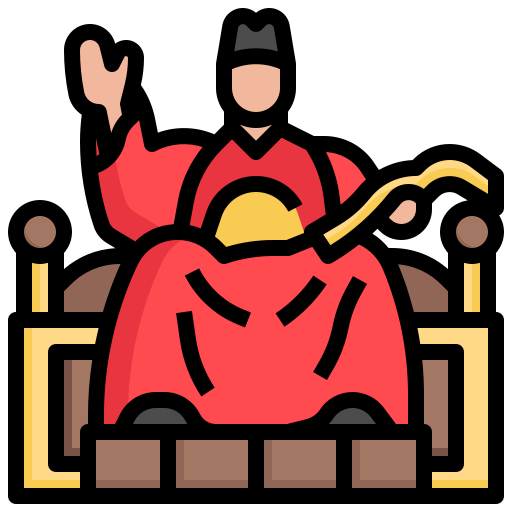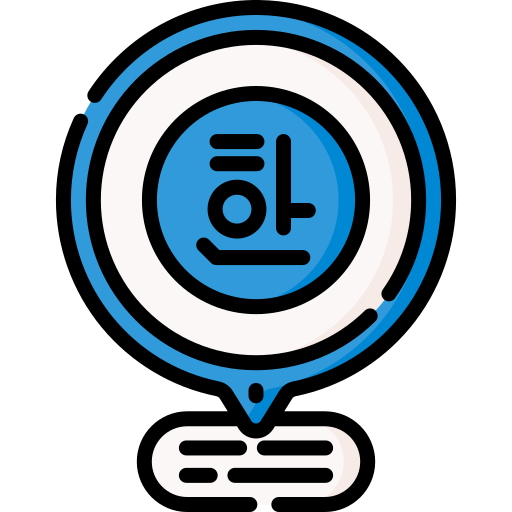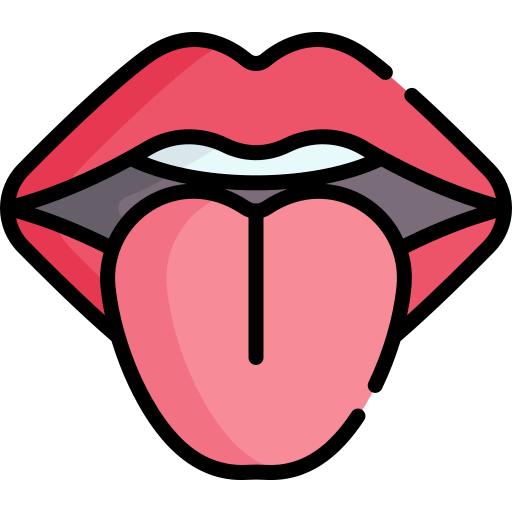 Survival Korean
Survival Korean
한글
Foundational Korean: Hangeul
Special | A | B | C | D | E | F | G | H | I | J | K | L | M | N | O | P | Q | R | S | T | U | V | W | X | Y | Z | ALL
A |
|---|
Alphabet
DefinitionAn alphabet is a standardized set of basic written symbols or graphemes (called letters) that represent phonemes in spoken languages. | |
C |
|---|
Character
DefinitionA character is ANY symbol in a script or writing system. | |
Consonant Cluster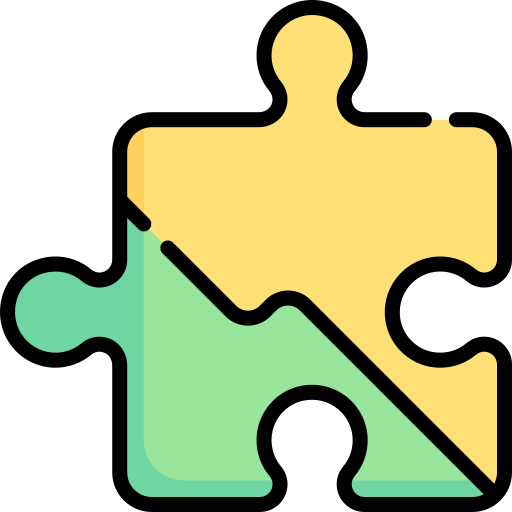
DefinitionA consonant cluser is similar to a diphthong where, rather than two vowels being combined, two consonant phonemes are. For example, the word "cluster" actually has two consonant clusters: /cl/ and /st/. In Korean, there are no such actual consonant clusters in terms of phonemes, only in spelling! But the spelling of consonant clusters (such as 읽) that only really have a single pronunciation (i.e., 읽 --> 익) can be very confusing. It is even more confusing when there is another syllable next to the cluster and then both consonants are pronounced in two different syllables. For example, 읽다 (익다) can be 읽어 which is pronounced exactly how you see - 일거. | |
E |
|---|
Eonmun (언문)
DefinitionEonmun (언문) was a term used to refer to 훈민정음 that is perjorative in nature, meaning a vernacular or vulgar script. It implies that the the script is of lower social status compared to Chinese characters. | |
F |
|---|
Final Position
DefinitionThe final position in the Hangeul syllable block is the trickiest. When only one letter is present the syllable is straightforward, but sometimes two consonants can cluster together here. Not all letters can do this, and knowing how to pronounce the cluster is not necessarily straightforward since despite there being two letters, only one sound can be made. The question that many non-native speakers have (and even native speakers who have never learned Hangeul) is which one to actually say. | |
G |
|---|
Gukmun (국문)
DefinitionGukmun (국문) is another modern way of referring to 훈민정음 or 한글 meaning the national script or domestic script. For example, someone may ask if they should write or fill out an application in English or 국문, meaning in Korean using 한글. | |
H |
|---|
Hangeul (한글)
Definition한글 is the current, modern name used to refer 훈민정음 that was coined in the 1910s in Korea. The name combines the word han (한), meaning "great", and geul (글), meaning "script". The word han can also be used to refer to Korea in general, so the name can also mean "Korean script". | |
Hanja (한자)
DefinitionHanja (한자, 漢字) is the name for Chinese characters in Korean, and more specifically referring to the Chinese characters incorporated into Korean. Hanja-mal (한자말) or hanja-eo (한자어, 漢字語) refers to words which can be written with hanja, and hanmun (한문, 漢文) refers to Classical Chinese writing, although "hanja" is sometimes used loosely to encompass these other concepts. | |
Hunminjeongeum (훈민정음)
DefinitionHunminjeongeum (훈민정음; 訓民正音) means the Correct/Proper Sounds for the Instruction of the People and is the original name used to refer the Korean alphabet. | |
I |
|---|
Initial Position
DefinitionThe initial position of a syllable block in Hangeul. This refers to the first letter you see when writing a syllable - in Korean, this is always a consonant symbol. When the first sound of a syllable is a vowel, the syllable is always started with the consonant symbol (or letter) ㅇ. For example, 한 or 안. | |
L |
|---|
Literacy
DefinitionLiteracy is the ability to read or write a given script (alphabet, syllabary, logographic characters, etc.). It is possible to be literate but be unable to speak and/or understand a language, or be illiterate but speak/understand a language. | |
Logograph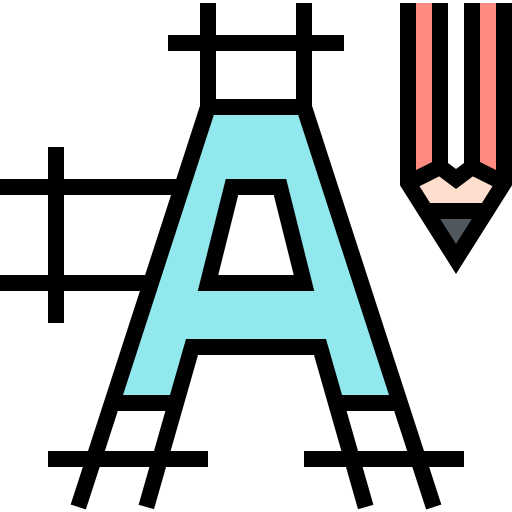
DefinitionIn a written language, a logogram or logograph is a written character that represents a word or morpheme. Chinese characters are logograms, as are many hieroglyphic and cuneiform characters. | |
M |
|---|
Middle Position
DefinitionThe middle position of a syllable in Hangeul. This is always a vowel symbol of some kind - for example, 한 or 안. These can be in both horizontal (e.g., 한) or vertical layouts (e.g., 돈). | |
Morpheme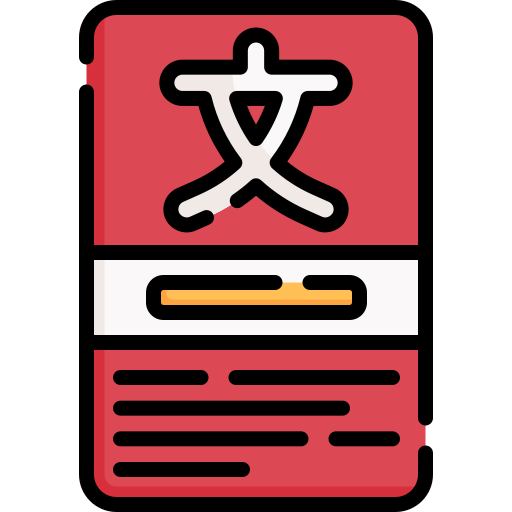
DefinitionA "morpheme" is a short segment of language that meets three basic criteria: 1. It is a word or a part of a word that has meaning. 2. It cannot be divided into smaller meaningful segments without changing its meaning or leaving a meaningless remainder. 3. It has relatively the same stable meaning in different verbal environments. Some morphemese can be used independently (called free morphemes) and others need to be used in combination with other ones (bound morphemes). For example, time (free morpheme) versus timely (the [ly] is the bound morpheme). | |
P |
|---|
Phoneme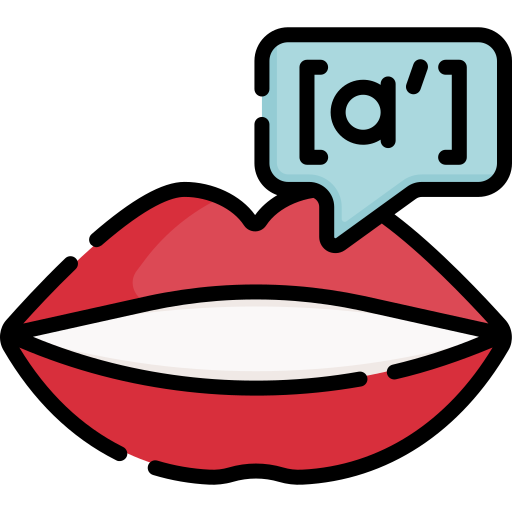
DefinitionA phoneme is a linguistic concept that means a sound that also has a meaning in a language. For example, [p] and [b] are articulated in the exact same way in the mouth - the only difference is whether or not the vocal chords are vibrating, resulting in a voiceless [p] or voiced [b] consonant. In English, however, these two sounds are recognized as being different and have an affect on meaning. For example, pat and bat. In Korean, these sounds are NOT recognized as being different in meaning although you will hear both sounds being made such as in the word 바보 [p]a[b]o (which means fool). This is actually a relatively common and simple voicing pattern in many languages, including Korean. This effect occurs with the English plural marker, -s. Non-native speakers more obviously hear [s] and [z] (such as cat[s] and dog[z]) whereas native speakers do not hear/interpret any difference. | |
S |
|---|
Script
DefinitionA script is a distinctive writing system, based on a collection of specific elements or symbols. Punctuation and other commonnly used symbols such as asterisk, questions marks, brackets, etc. are all components of a script. An alphabet refers only to the letters/graphemes in a script. | |
Socio-political Forces
DefinitionFactors with a significant social dimension tkat have either underlying social, economic, or political root causes, which also have consequences within the social, economic or political areas. For example, the prestige status of Chinese characters was a significant socio-politcal force acting against the adoption of Hangeul. | |
Syllabary
DefinitionA set of written characters representing syllables instead of a single phoneme. The Japanese writing systems of Hiragana and Katakana are prototypical examples of a syllabary. | |
Syllable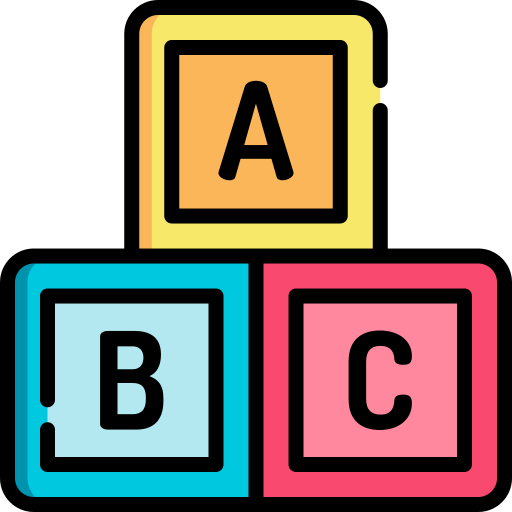
DefinitionA syllable is a phoneme unit that contains at least one consonant/vowel plus another consonant or vowel. For example, CV [pa], VC [ap], or CVC [tap]. These CV, VC, or CVC units often correspond to certain meanings that we categorize as morphemes. In Korean, we see these nicely organized syllable blocks everywhere that often follow this pattern - such as 한 (CVC)[韩 - Korea] 국 (CVC) [国 - country]. In English, you will see many Latin/Greek syllable morphemes such as doc (teach) in words like doctrine, document, docent, etc. Syllables and morphemes are the building blocks of making words. | |
V |
|---|
Vowel
DefinitionA vowel is a phoneme that is made through almost continual airflow through your mouth around your tongue in various ways. These are often caterogized as tense (using some mouth muscles) or lax (using few mouth muscles) vowels. For example [ah] is a tense vowel whereas [oh] is a lax one. You can feel the difference in your mouth when making the sounds. | |
W |
|---|
Writing System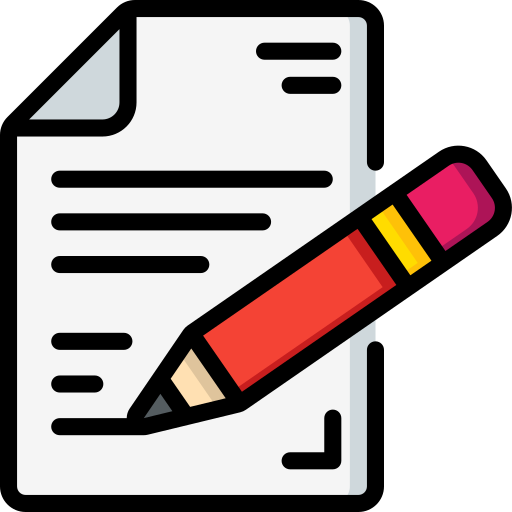
DefinitionA writing system is a method of visually representing spoken language, based on a script and a set of rules regulating its use | |
